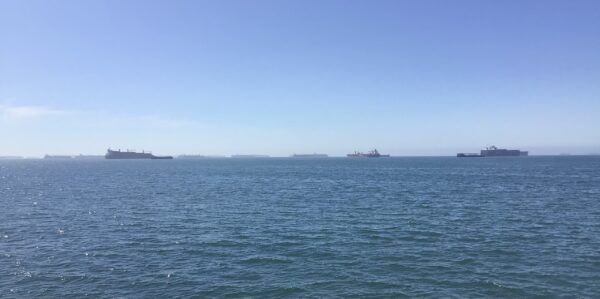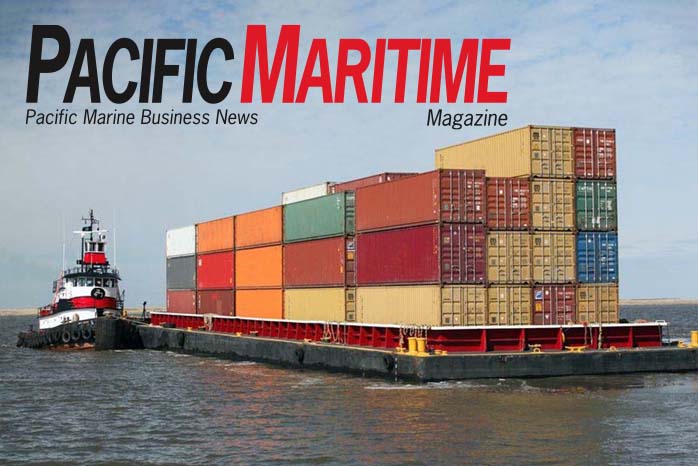I’ll let you in on a little secret: I strongly dislike taxes and fees. Never have been a fan of them. Yes, I know that various types of seaport-related taxes and penalties, like demurrage, tariffs and wharfage, are very important and in many cases, highly necessary. But I’ve never truly been completely on board with the concept of one party tacking on additional fees on top of standard fees levied on parties that they do business with. That being said, I’m definitely rethinking my position now that the ports of Long Beach and Los Angeles have managed to scare companies…
As you probably know by now, President Joe Biden announced in mid-October that the Port of Los Angeles would begin operating 24 hours a day, seven days a week in order to deal with a backlog of cargo that needs to be moved off the docks, and to help reduce a queue of dozens of containerships sitting anchored in San Pedro Bay. And while the announcement was certainly a welcome one for those in the maritime goods movement industry, don’t expect the backlog to be cleared overnight. Or within a week. Or maybe not even by the end of the…

You might want to start your Christmas shopping early. That’s the big takeaway from the ongoing situation at major seaports on the West Coast right now, particularly at Los Angeles-Long Beach, the biggest and busiest port complex in North America. According to reports, shipping traffic is up 50% from pre-pandemic levels, contributing to the bottleneck. Another contributing factor is a shortage of drivers to haul goods away from port terminals, as well as a shortage of trailers to affix containers to and of storage space at terminals. “The American’s buying strength is so strong and epic, that we can’t absorb…
Although it mostly takes place on the other side of the world, maritime piracy can have far-reaching effects for the goods movement industry. When parts of the supply chain are attacked in regions of the world like Asia and Africa, it can lead to disruptions in the Pacific region in the form of vessel delays, ship reroutings and cargo adjustments. But the International Maritime Bureau, which is run by the International Chamber of Commerce, revealed some good news recently: during the first six months of 2021, the Bureau recorded the lowest number of reported piracy incidents for the first half…
As the rest of the world becomes more and more dependent upon technology, so does the maritime industry. All kinds of gadgets, from smartphones to tablets to apps have enhanced the way the industry operates. But there’s also a dark side to this, as criminals have learned how to exploit technology to their benefit. Things such as ransomware, spyware, phishing and computer viruses are all issues that companies big and small that use various forms of technology occasionally have to deal with. Realizing this, and in a continual effort to serve the needs of our readers, this issue of Pacific…
A new beginning…and a continuation. That’s what this issue of Pacific Maritime represents. First, it’s a new beginning because the magazine has changed ownership. As you may know, Philips Publishing has sold the magazine to San Diego-based Maritime Publishing. Maritime Publishing is a division of Training Resources Limited, Inc., the largest privately held provider of maritime training in the Western United States. The magazine’s new publisher, Dave Abrams, is the CEO of Training Resources Maritime Institute, a former U.S. Navy Surface Warfare Officer and current licensed USCG 100 Ton Master. Additionally, he’s a certified instructor with the National Safe Boating…

According to data from the Center for Biological Diversity, thousands of shipping containers have fallen from cargo ships into the ocean since October, 2020. And if that isn’t bad enough, that number of spillages isn’t a global total; it refers to incidents that occurred solely in the Pacific Ocean while containers were being transported between the Asia and the United States. At least six spills since last fall have dumped 3,000 cargo containers into the Pacific Ocean along shipping routes between the U.S. and Asian countries, CBD data show. The largest of these spills was a November 2020 incident in…
